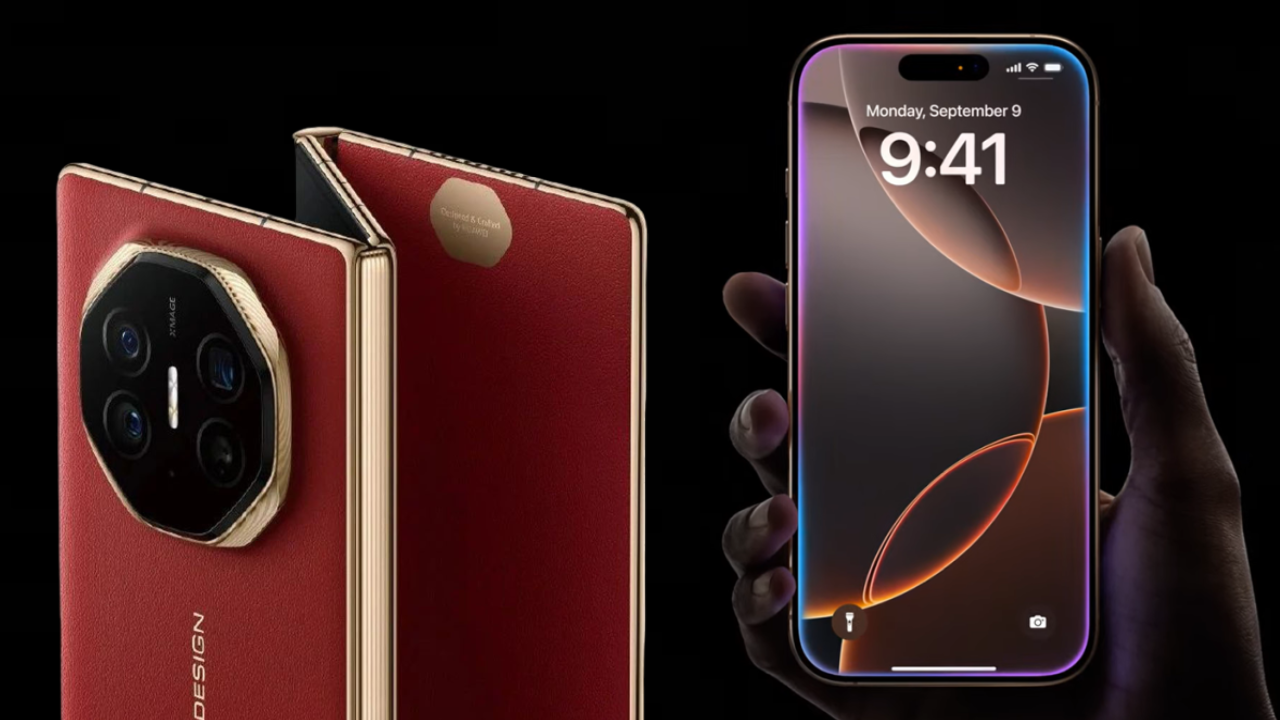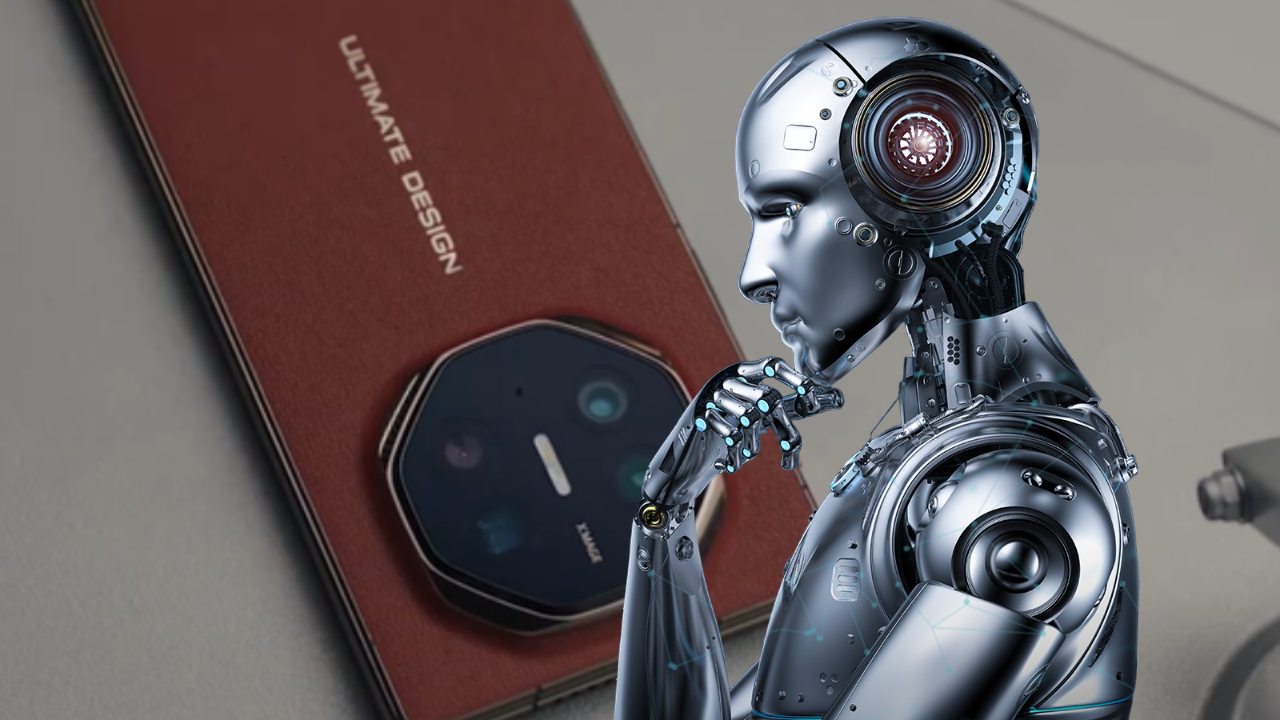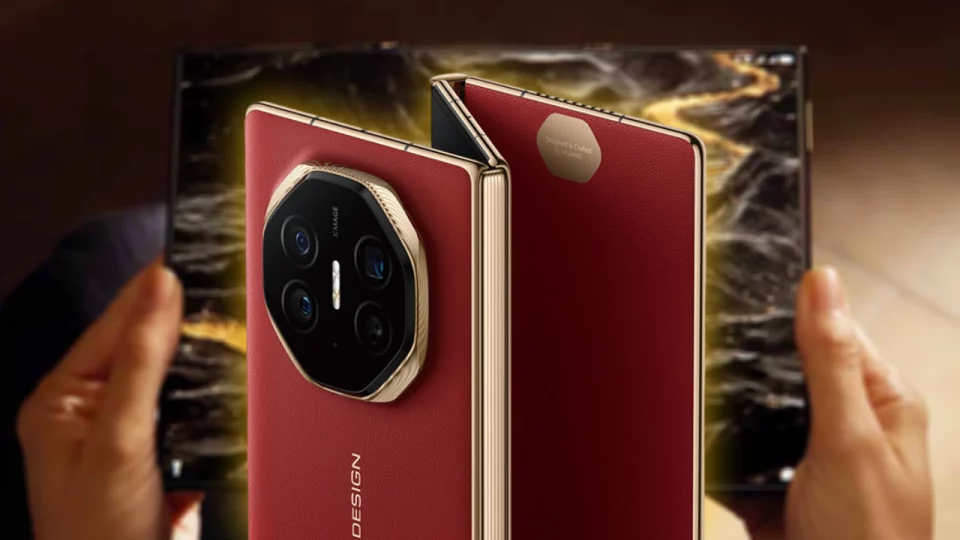In a move that signals both innovation and determination, Huawei recently unveiled its newest smartphone, the Mate XT, just hours after Apple launched its highly anticipated iPhone 16.
The timing was no coincidence. Huawei, known for its resilience and ability to weather international sanctions, has positioned its new Mate XT as a direct competitor to Apple’s latest offering. But what sets this device apart is not just its timing—it’s the phone’s revolutionary design and features.
Table of Contents
The First Tri-Fold Smartphone: A New Era for Foldable Technology
At the heart of Huawei’s launch is a technological leap that could redefine the smartphone landscape. The Mate XT is the world’s first tri-fold smartphone, a device that can fold in three sections, offering unprecedented flexibility and screen real estate. Richard Yu, Huawei’s chairman of consumer business, emphasized the groundbreaking nature of the phone during its live-streamed launch. The company took five years to develop the Mate XT, with significant advancements in both screen and hinge technology.
The tri-fold design allows the phone to expand into a 10.2-inch display, making it the largest foldable smartphone on the market. Its engineering is as impressive as its design—Huawei claims to be the first to achieve both outward and inward folding without leaving any gaps in the hinge. The phone’s innovative design makes it more compact and versatile, catering to users who need a larger screen but don’t want to carry a bulky device.
This isn’t Huawei’s first foray into foldable technology. The company has been experimenting with foldable phones for years, and the Mate XT represents the culmination of these efforts. However, it comes with a hefty price tag. The base model starts at 19,999 yuan (approximately $2,800), a cost that places the device firmly in the premium smartphone market.
A Direct Competitor to Apple’s iPhone 16
Huawei’s Mate XT launch wasn’t just about showcasing technological innovation; it was also a statement of intent. By releasing the phone just hours after Apple’s iPhone 16 announcement, Huawei has positioned itself as a formidable rival in the high-end smartphone market. Apple’s iPhone 16, touted as its first smartphone built specifically for generative artificial intelligence (AI), also made waves with its advanced features. The close timing of these two launches signals the start of a new competitive era in the premium smartphone market, especially in China.
Amber Liu, research manager at Canalys, highlighted that Huawei’s resurgence is a direct challenge to Apple’s dominance in China. Huawei’s rapid recovery, especially after the U.S. imposed heavy sanctions, has allowed it to reclaim a significant portion of the Chinese market. According to Liu, Chinese smartphone makers now dominate the top five spots in the domestic market, pushing Apple to sixth place. Huawei’s success in the premium segment, driven by devices like the Mate 60 Pro and Mate X5, demonstrates its ability to compete with global giants like Apple.

However, it’s not just the timing of the launch that has generated buzz. The Mate XT’s impressive design and features make it a serious competitor to Apple’s flagship device. The tri-fold display offers a unique advantage in terms of screen size, which has become an increasingly important factor for consumers who use their smartphones for everything from streaming content to multitasking across apps.
The Role of Artificial Intelligence
One area where Apple’s iPhone 16 has captured attention is its use of generative AI, a technology that allows users to create text and images using natural-language prompts. This AI integration is part of a broader trend in the tech industry, where companies are incorporating advanced machine learning capabilities into consumer devices. Apple’s bet on generative AI is seen as a move to future-proof its devices, giving users access to cutting-edge technology that will only become more prevalent in the coming years.

It remains unclear whether Huawei’s Mate XT will feature similar AI capabilities. However, given Huawei’s ambitions in the AI space, it wouldn’t be surprising if the company soon introduces its own AI-driven features. Huawei has already ventured into AI in other sectors, including its work on AI processors and its ambitions to rival Nvidia in chip production. As AI becomes more central to the smartphone experience, Huawei will likely incorporate more advanced AI technologies into its devices to compete with Apple and other tech giants.
The Road Ahead: Challenges and Opportunities
Huawei’s resurgence has been nothing short of remarkable, especially considering the challenges it has faced in recent years. U.S. sanctions, which have prevented Huawei from accessing Google’s Android operating system and other essential components, were expected to cripple the company’s smartphone business. For a time, it seemed that these predictions might come true, as Huawei struggled to maintain its position in the global market.
But the company has defied expectations. In the first five months of 2024, sales of Huawei’s flagship smartphones rose by 72% compared to the same period the previous year. The company’s ability to bounce back, even under significant pressure, demonstrates its resilience and commitment to innovation.
Yet, the road ahead is not without challenges. Analysts have pointed out that while pre-orders for the Mate XT have surpassed 3.7 million since its availability online, actual sales may fall short of this number due to the phone’s high price and limited availability. Jene Park, a senior analyst at Counterpoint Research, noted that Huawei’s focus on a larger display and extended battery life could attract some consumers, but pricing will be a key factor in determining the phone’s overall success.
Furthermore, Huawei’s ambitions extend beyond smartphones. The company has already entered the electric vehicle market, launching a sedan to compete with Tesla’s Model S. Its push into AI-driven processors and other advanced technologies suggests that Huawei is positioning itself as a leader not only in consumer electronics but also in industries that will define the future of technology.
